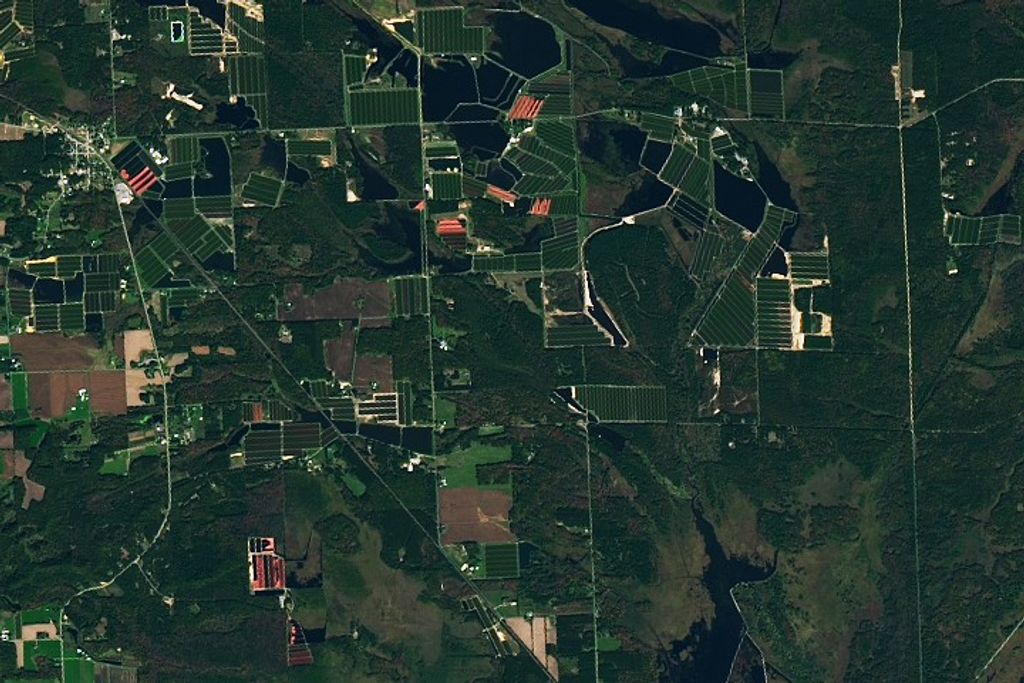People of PACE: Jeroen Rietjens Followed His Passions to SPEXone and PACE
Jeroen Rietjens is an instrument scientist at the Netherlands Institute for Space Research (SRON) and worked on the SPEXone polarimeter. PACE’s SPEXone instrument is a multi-angle polarimeter. It measures the intensity, degree and angle of linear polarization of sunlight reflected back from Earth’s atmosphere, land surface, and ocean.
What is your favorite atmosphere or ocean related book or movie?
I like “Cloud Atlas” by David Mitchell a lot. It doesn’t have anything to do with clouds except for the title, but it counts. And it concludes with an ‘oceanic’ wisdom when the impact of actions by individuals are compared to insignificant small drops in a limitless ocean: “Yet what is any ocean but a multitude of drops?”

What is your background?
I have a background in applied physics, and I worked with polarization sensitive instrumentation for my master’s and PhD research. At SRON, I work as an instrument scientist. We are the people who fill the gap between the scientists who have great ideas about what they want to measure, and the engineers who build the hardware that perform these measurements. We specify the instruments and do the analysis and make sure that the hardware will survive in space and perform as the scientists desire.
What are you most looking forward to during launch?
It concludes a long period of tremendous work and I hope that we can experience that with all the people who contributed to PACE.
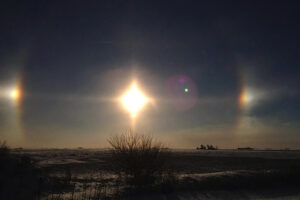
What is your favorite color and why?
My favorite color is green. The why is more difficult. My second favorite color would be blue, so I think it’s colors from nature that I like.
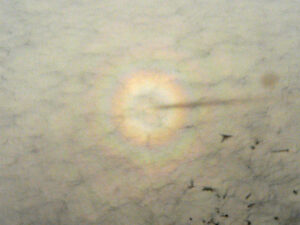
Do you have a favorite atmospheric phenomenon?
I like rainbows a lot! And any other scattering phenomena, such as a glory, or a sundog. The latter occurs in the presence of high clouds with ice crystals: due to refraction by horizontally aligned ice crystals, you can see two additional ‘suns’ at specific angles left and right of the sun.
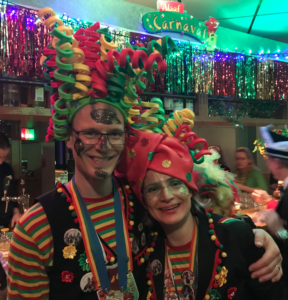
What is a fun fact about yourself?
Outside of work, and mainly during the winter period, me and my family participate in the “Vastelaovendj”-activities in my home-village. This is the Limburgse (a Dutch province) carnival, consisting of, among other things, a yearly music contest, open stage, presentation of the Prince Carnival, a ‘peasant’s wedding’ and a parade. It is a lot of fun and I particularly like the role-reversal aspect of this tradition.
What advice would you give to aspiring scientists or engineers who are looking to get where you are today?
Follow your passion. I had a weakness for space. I was playing with a Space Shuttle and Lego rockets when I was young and was always interested in space. Along the way, I lost track of it but it’s not really a coincidence, I think, that I still ended up working at a space research institute. So, follow your passion and try to make work your hobby and I think you have awesome life.
What is one catch-all statement describing the importance of PACE?
PACE will yield unprecedented data sets that will enhance research into climate modeling, understanding clouds and aerosols and their impact on the Earth climate.
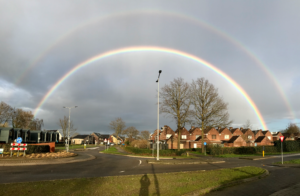
Header image caption: “Very proud to have had the opportunity to pose in the Goddard cleanroom with the fully assembled and tested PACE satellite, which hosts our small SPEXone instrument,” said Rietjens. Image Credit: Dennis Henry
By Erica McNamee, Science Writer at NASA’s Goddard Space Flight Center









